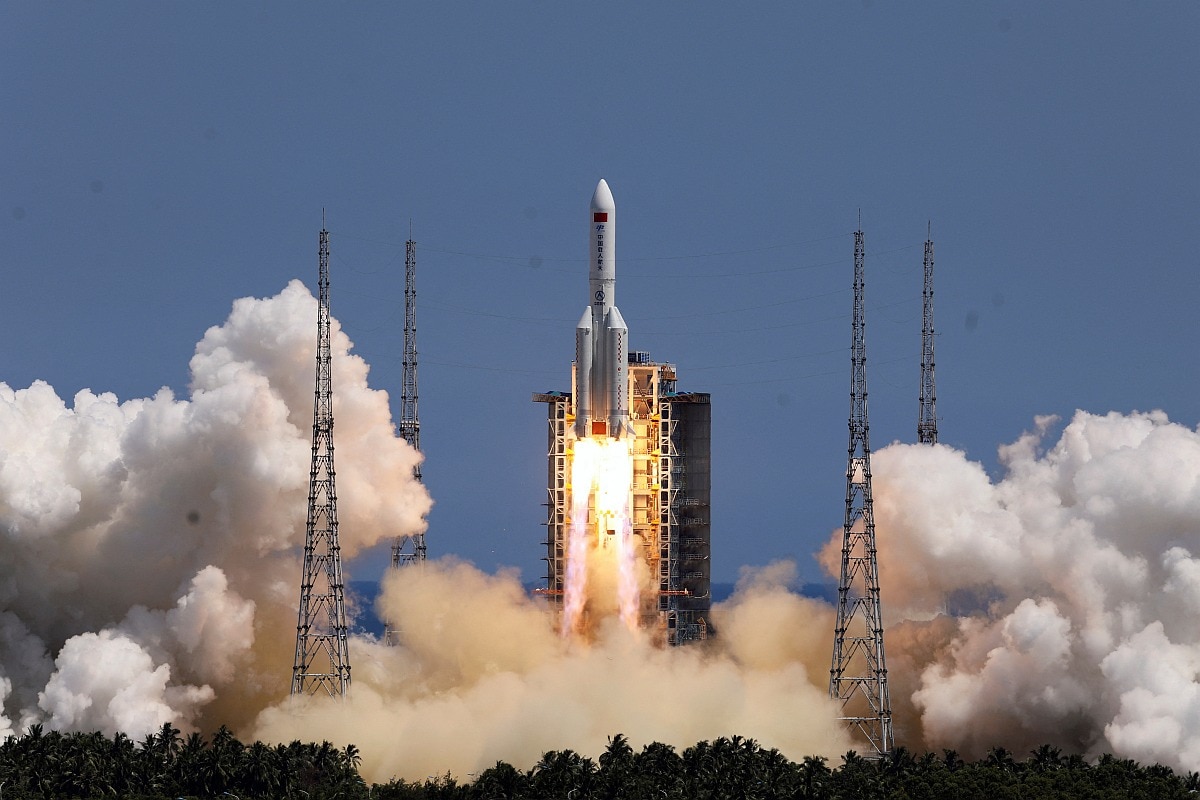Finding traces of life on other planets is one of the most intriguing and exciting aspects of astronomy. Scientists have long aspired to identify planets that may one day be habitable. With that distant goal in mind, a group of Indian researchers – two students and a professor — has found not one but 60 planets, out of a total of 5,000 known, that may be potentially habitable. To reach this conclusion, the group relied on an Artificial Intelligence (AI)-based method named Multi-Stage Memetic Binary Tree Anomaly Identifier (MSMBTAI).
The method the researchers used is based on detecting an anomaly via a novel multi-stage memetic algorithm (MSMA). The algorithm can act as a screening tool to evaluate habitability perspectives from observed properties. What this means is that the researchers considered Earth as an anomaly, meaning it is the only habitable planet among thousands of planets known so far.
Using the standard, the researchers have explored whether similar “anomaly candidates” (like Earth) exist in the universe. Their exploration resulted in an astounding 60 planets showing similar anomalies. The result was the same when the method considered the surface temperatures of planets as a feature and without the surface temperatures. The researchers have also proposed that there could be 8,000 planets in total in the universe.
The researchers are from the Indian Institute of Astrophysics (IIA), a Bengaluru-based autonomous institute of the Department of Science and Technology. They were joined by an undergraduate student, Kartik Bhatia, from the Goa campus of BITS Pilani and a doctoral candidate, Jyotirmoy Sarkar, from the same college. Others too contributed to the study, published in the journal Monthly Notices of the Royal Astronomical Society.
Artificial Intelligence helped the researchers scan through thousands of planets as comparing data points manually would have been a tedious job.
The researchers also had the guidance and supervision of Professor Snehanshu Saha of BITS Pilani (Goa Campus) and Dr. Margarita Safonova of Indian Institute of Astrophysics.






